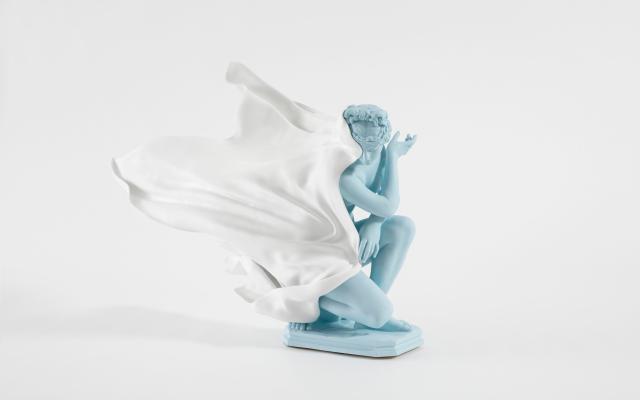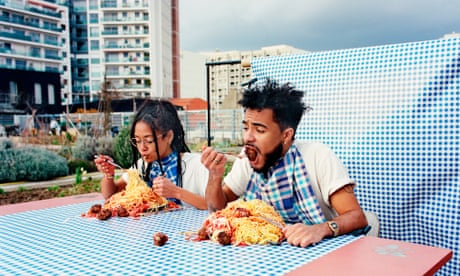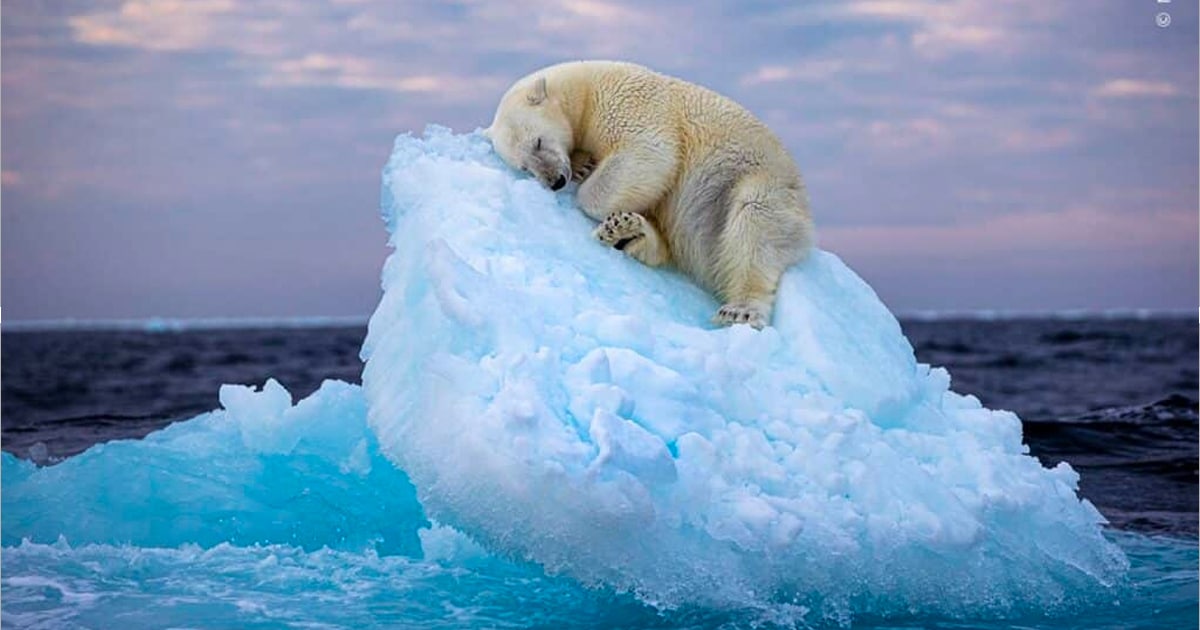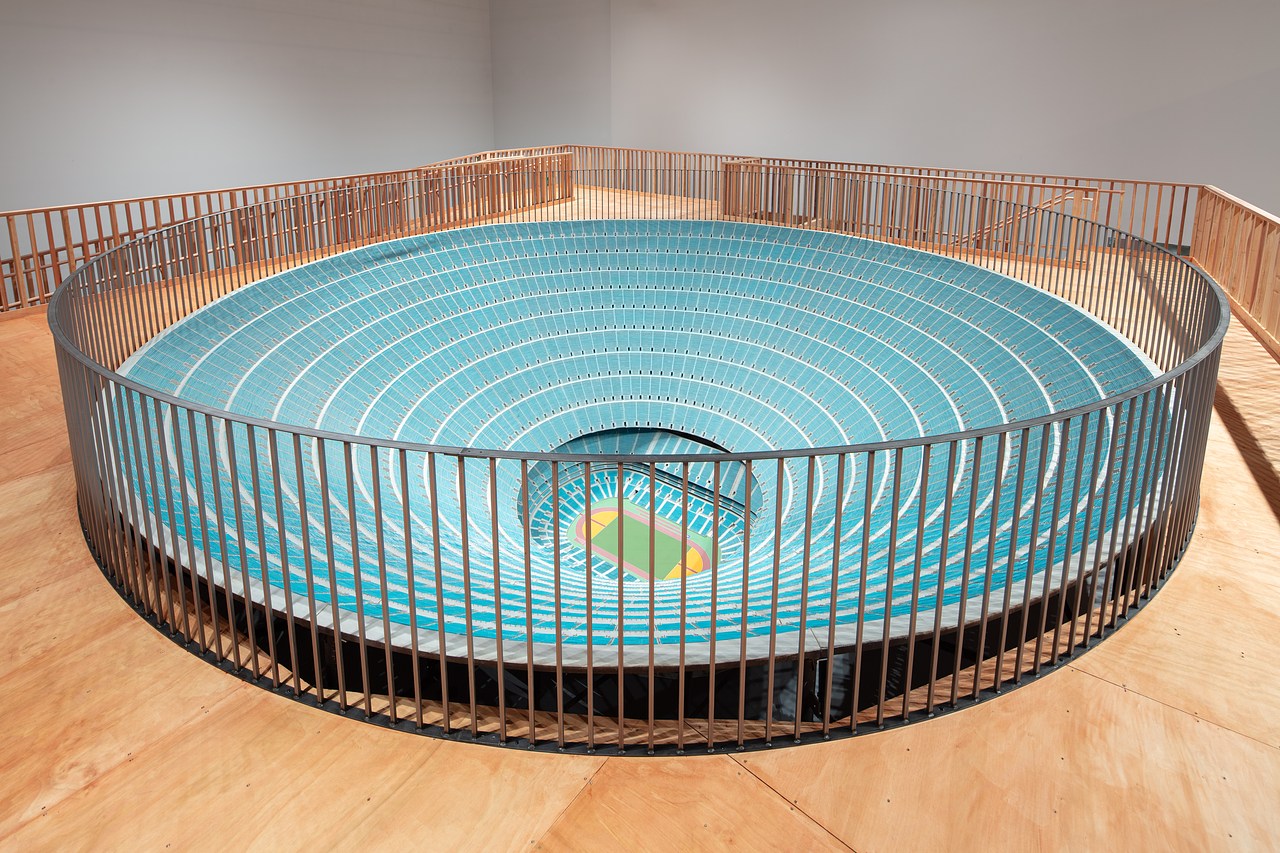Columbus of Horticulture
2019 - Film & Video (Film & Video)
5:15 minutes
Vvzela Kook
Columbus of Horticulture stems from Vvzela Kook’s ongoing research into the central and often-ignored role that botany played in the history of European imperialism. The colonial project, with its maritime explorations and voyages, was for the most part centred around the profits made from the discovery and exploitation of valuable plants (or from the kidnapping of the people needed to work on them). Vegetal products thus constituted a great part of the volume of the colonial economy, from spices to drugs, from textile fibres and dyes to tea, coffee, or cocoa. Hong Kong with its double original sin steeped in tea and opium is an excellent example of that global trafficking. Kook focuses on the British colonial “plant hunter,” the figure who searches the Empire’s lands for hidden precious plants and seeds to be brought back to the royal botanical gardens. These institutions were themselves important sites in the process of plant trafficking, as stations for acclimatisation and study of species before their introduction to other continents. But they were also shrines where exoticism was performed and displayed, an important drive in the process of exploration, a horizon of desire arousing fantasies of domination, as well as a selling strategy for the colonial experience at home, both for the sake of political support and out of the very practical need to raise capital for colonial banditry expeditions. The pace of Kook’s animation, the virtual flow of overlaying images, endless people and plants, combine to construct a hallucinatory space evoking that crucial allusion to the exotic. While the work imagines a fictional island, accompanying objects encased in glass vitrines model actual (albeit distorted) botanical specimens such as rubber tree, tea tree, and orchid, all connected with the colonization of South America, India, and Hong Kong.
Vvzela Kook works in multiple media, including AV, performance, theatre, computer graphics, 3D printing, and drawing, often combining recent technology with artistic imagination and skill to navigate and describe cityscapes, their memory, connections, and hidden cybernetic structures, playing both with human sensorial perception and narrative devices. Her vocabulary ranges from delicate drawings quoting various traditions to the environments of video games and the possibilities offered by 3D printing. Her work is substantiated by thorough research, often into the history and geomorphology of Hong Kong, its colonial history, sci-fi and cyberpunk imaginations, and urban landscapes. The condensed textures in her works connect with multiple sensual levels in our perception and reintroduce the unexplored potential of video as a medium. Narrative plays an important role in her work, and transmedia storytelling is part of her artistic intent.
Colors:
Related works sharing similar palette

© » KADIST
Pavel Wolberg
2004A young settler girl, dressed in a bridal outfit for Purim, stands in a street in Hebron waiting, perhaps for her parents or other children to join her...

© » KADIST
Randa Maddah
2012A woman meticulously tidies up the room of a ruined house in the village of Ain Fit in the occupied Syrian Golan...

© » LENS CULTURE
Salt and Tears - Photographs by Yulia Skogoreva | Essay by Marigold Warner | LensCulture Feature Salt and Tears For four years, Yulia Skogoreva has been documenting female sumo wrestlers fighting for recognition in a sport from which they are banned, following the story of Nana—a young sumo wrestler who dreams of going pro...

© » LARRY'S LIST
Silver Art Projects—a new artist residency program established by Silverstein Properties, the real estate development firm that was instrumental in the rebuilding of much of the World Trade Center site following the terrorist attacks of September 11, 2001—is looking to bring more artists to Lower Manhattan...

© » SLASH PARIS
Juan Uslé — Viento sur — Galerie Lelong & Co — Exposition — Slash Paris Connexion Newsletter Twitter Facebook Juan Uslé — Viento sur — Galerie Lelong & Co — Exposition — Slash Paris Français English Accueil Événements Artistes Lieux Magazine Vidéos Retour Précédent Suivant Juan Uslé — Viento sur Exposition Peinture Juan Uslé, Fulgor Celeste, 2023 (Détail) Vinyle, dispersion, acrylique et pigment sur toile — 198 × 112 cm Courtesy de l’artiste et galerie Lelong & Co...

© » SOMETHING CURATED
Interview: Michelle Williams Gamaker Challenges Cinema’s History of Discrimination - Something Curated Share this: Facebook Twitter Tumblr Features Interviews Profiles Guides Jobs Interviews - 13 Dec 2023 - Share British-Sri Lankan artist Michelle Williams Gamaker delves into themes of race, identity, her passion for cinema, and the power of storytelling through her dynamic practice...

© » SLASH PARIS
Nina Azoulay — Comme un rond dans un carré — Frac île-de-france, le Plateau — Exposition — Slash Paris Connexion Newsletter Twitter Facebook Nina Azoulay — Comme un rond dans un carré — Frac île-de-france, le Plateau — Exposition — Slash Paris Français English Accueil Événements Artistes Lieux Magazine Vidéos Retour Précédent Suivant Nina Azoulay — Comme un rond dans un carré Exposition Installations, sculpture Derniers Jours Nina Azoulay, Olivia, 2024 © Nina Azoulay Nina Azoulay Comme un rond dans un carré Encore 7 jours : 11 janvier → 18 février 2024 La Project Room est le nouvel espace prospectif et expérimental du Frac qui prend place dans la dernière salle du Plateau...

© » ART & OBJECT
On View - Daniel Arsham: 20 Years | Art & Object Skip to main content Subscribe to our free e-letter! Webform Your Email Address Role Art Collector/Enthusiast Artist Art World Professional Academic Country USA Afghanistan Albania Algeria American Samoa Andorra Angola Anguilla Antarctica Antigua & Barbuda Argentina Armenia Aruba Ascension Island Australia Austria Azerbaijan Bahamas Bahrain Bangladesh Barbados Belarus Belgium Belize Benin Bermuda Bhutan Bolivia Bosnia & Herzegovina Botswana Bouvet Island Brazil British Indian Ocean Territory British Virgin Islands Brunei Bulgaria Burkina Faso Burundi Cambodia Cameroon Canada Canary Islands Cape Verde Caribbean Netherlands Cayman Islands Central African Republic Ceuta & Melilla Chad Chile China Christmas Island Clipperton Island Cocos (Keeling) Islands Colombia Comoros Congo - Brazzaville Congo - Kinshasa Cook Islands Costa Rica Croatia Cuba Curaçao Cyprus Czechia Côte d’Ivoire Denmark Diego Garcia Djibouti Dominica Dominican Republic Ecuador Egypt El Salvador Equatorial Guinea Eritrea Estonia Eswatini Ethiopia Falkland Islands Faroe Islands Fiji Finland France French Guiana French Polynesia French Southern Territories Gabon Gambia Georgia Germany Ghana Gibraltar Greece Greenland Grenada Guadeloupe Guam Guatemala Guernsey Guinea Guinea-Bissau Guyana Haiti Heard & McDonald Islands Honduras Hong Kong SAR China Hungary Iceland India Indonesia Iran Iraq Ireland Isle of Man Israel Italy Jamaica Japan Jersey Jordan Kazakhstan Kenya Kiribati Kosovo Kuwait Kyrgyzstan Laos Latvia Lebanon Lesotho Liberia Libya Liechtenstein Lithuania Luxembourg Macao SAR China Madagascar Malawi Malaysia Maldives Mali Malta Marshall Islands Martinique Mauritania Mauritius Mayotte Mexico Micronesia Moldova Monaco Mongolia Montenegro Montserrat Morocco Mozambique Myanmar (Burma) Namibia Nauru Nepal Netherlands Netherlands Antilles New Caledonia New Zealand Nicaragua Niger Nigeria Niue Norfolk Island Northern Mariana Islands North Korea North Macedonia Norway Oman Outlying Oceania Pakistan Palau Palestinian Territories Panama Papua New Guinea Paraguay Peru Philippines Pitcairn Islands Poland Portugal Puerto Rico Qatar Romania Russia Rwanda Réunion Samoa San Marino Saudi Arabia Senegal Serbia Seychelles Sierra Leone Singapore Sint Maarten Slovakia Slovenia Solomon Islands Somalia South Africa South Georgia & South Sandwich Islands South Korea South Sudan Spain Sri Lanka St...

© » KADIST
Here, We Breathe , A4 x KADIST Video Exhibition Elena Damiani, La Decanatura (Calderón & Piñeros), Luiz Roque, Pedro Neves Marques, and Uudam Tran Nguyen Here, We Breathe is the second iteration of the annual A4 x KADIST series of curated programs that aim to create new ways to participate in the discourse of new media art and close the gap between the audience and new media art...

© » ARTSJOURNAL
Will 2023 Box Office Hit $9 Billion? Will 2023 Box Office Hit $9 Billion? × Dec 17, 2023 2:02pm PT With 8 Movies Left to Debut in December, Where Will the 2023 Box Office End Up? By Rebecca Rubin Plus Icon Rebecca Rubin Film and Media Reporter rebeccaarubin Latest With 8 Movies Left to Debut in December, Where Will the 2023 Box Office End Up? 21 hours ago Box Office: Timothée Chalamet’s ‘Wonka’ Surpasses $150 Million Globally 1 day ago Jonathan Majors’ Ex-Girlfriend Testifies on Injuries After Alleged Assault: ‘I Felt Like I Had Been Hit by a Bus’ 2 weeks ago See All ©Warner Bros/Courtesy Everett Collection Will the box office hit $9 billion in 2023? Analysts have predicted, or at least hoped, that’s where domestic grosses would wind up...










